Date
Feature slide
Headline
Migration is taking place on an unprecedented scale. As of 2015, there were 244 million international migrants – a 60 per cent increase from 1990.
Slide text
More than 21 million of them are refugees, running from grinding conflicts and brutal persecution. Others are leaving behind a life of crushing poverty and inequality.
Photo credit
© UNFPA Tanzania/Sawiche Wamunza
Text orientation
Left
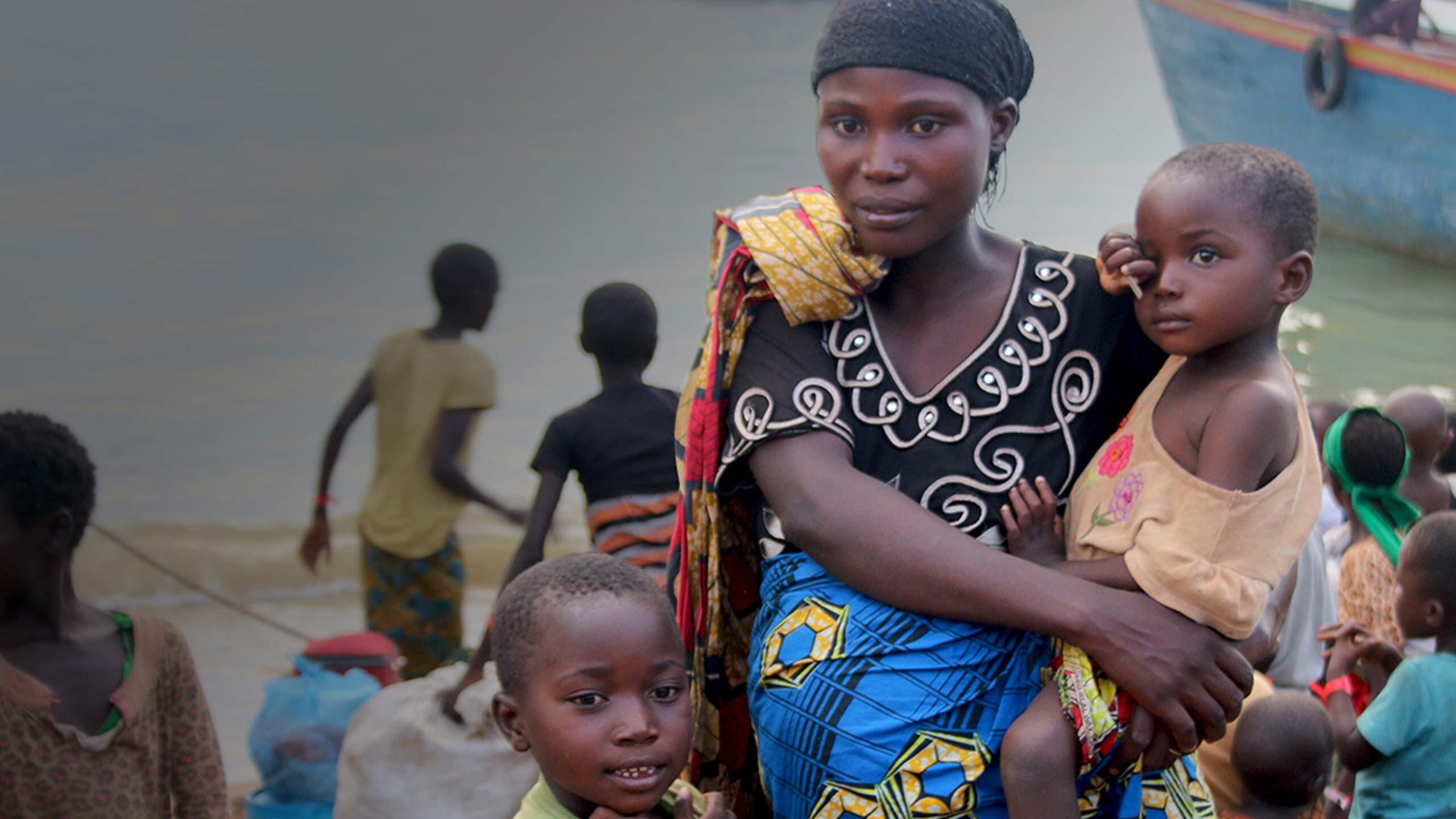
Feature link
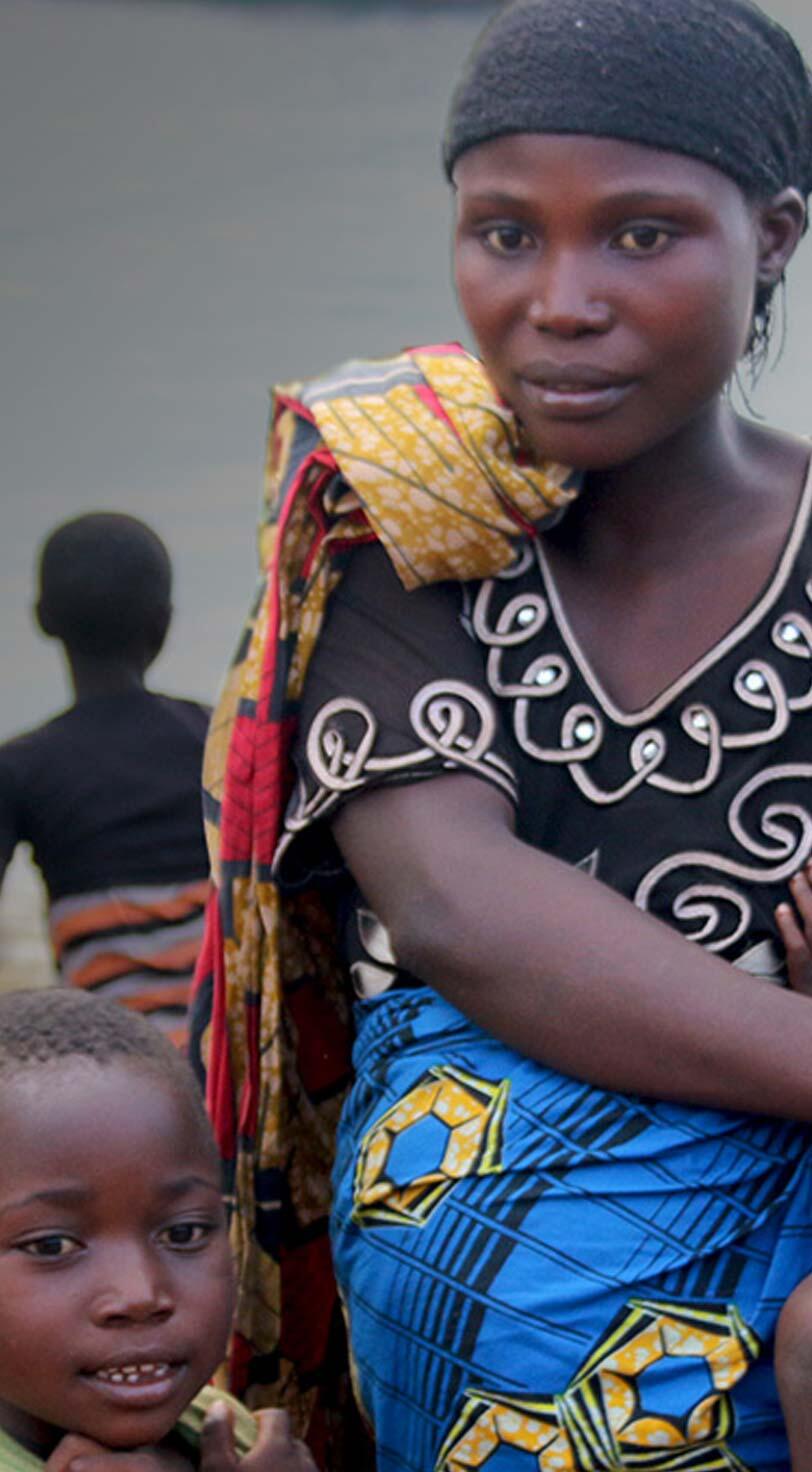
Headline
A large proportion of these refugees and migrants are women of childbearing age. Many are pregnant, and others will become pregnant.
Slide text
In a refugee settlement in Uganda, a midwife checks on an expectant mother.
Photo credit
© UNFPA/Eveyln Kiapi
Text orientation
Left
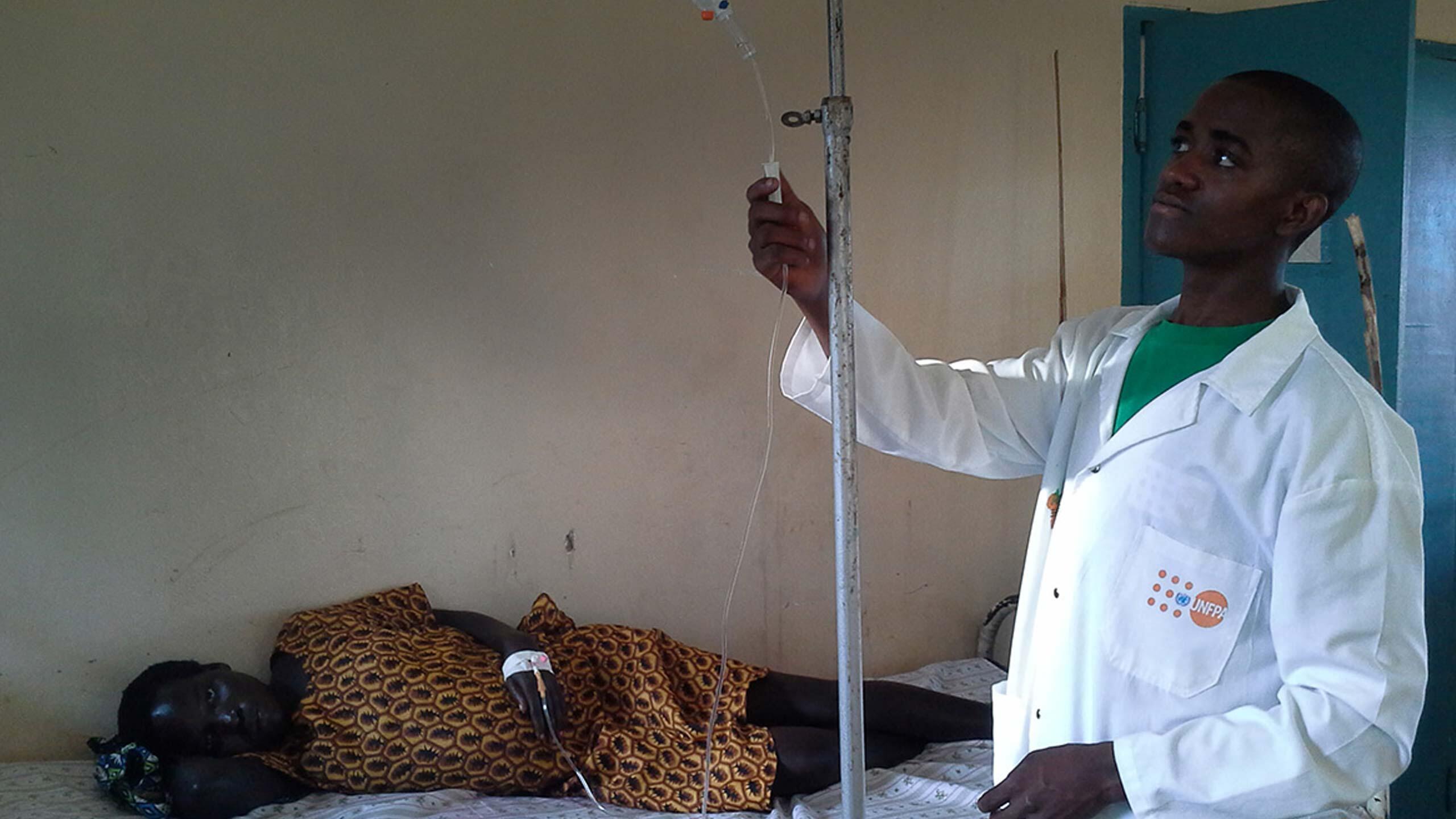
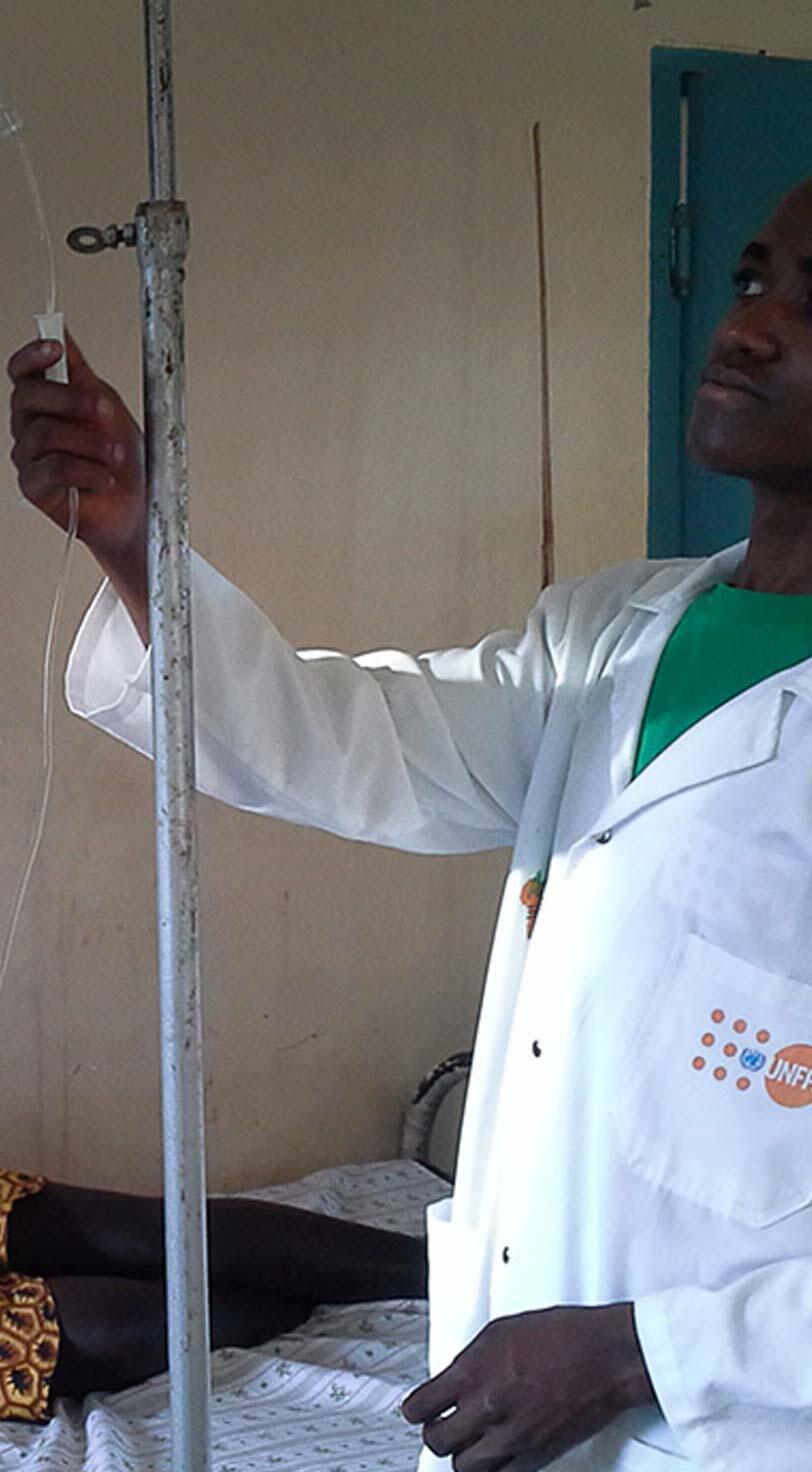
Slide text
“When we realized that it was going to be a much longer time, we decided to start a family here.”
His second daughter, Rima, was the 5,000th baby born at the camp’s UNFPA-supported women’s clinic.
His second daughter, Rima, was the 5,000th baby born at the camp’s UNFPA-supported women’s clinic.
Photo credit
© UNFPA Jordan
Text orientation
Right

Feature link
Sub Title
“We thought that we would be here for around two to three months,” said Mohammad Suliman, a Syrian refugee in the Zaatari camp in Jordan. In fact, refugees spend an average of about 20 years in exile.

Slide text
“We met nine pregnant women on this mission, ranging from the ages of 15 to 30,” said Indra Supradewi, a midwife tending to Rohingya refugees in Indonesia.
The refugees had spent months adrift at sea after their boat was abandoned by its captain.
The refugees had spent months adrift at sea after their boat was abandoned by its captain.
Photo credit
© UNFPA Indonesia/Sandra Siagian
Text orientation
Right
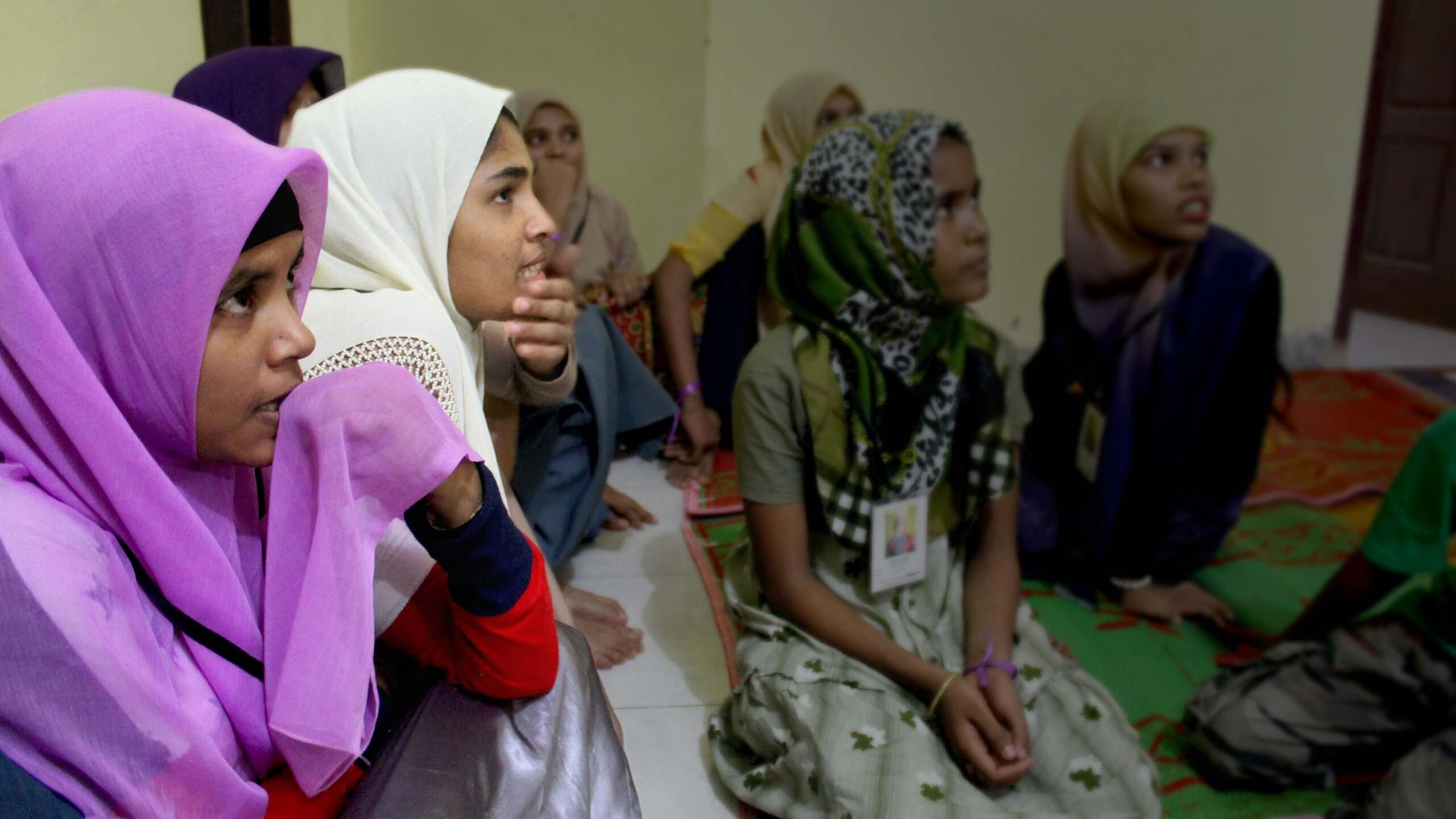
Feature link
Sub Title
Pregnant refugees and migrants require special services, including antenatal care, safe delivery services, and post-partum check-ups for both mother and baby.
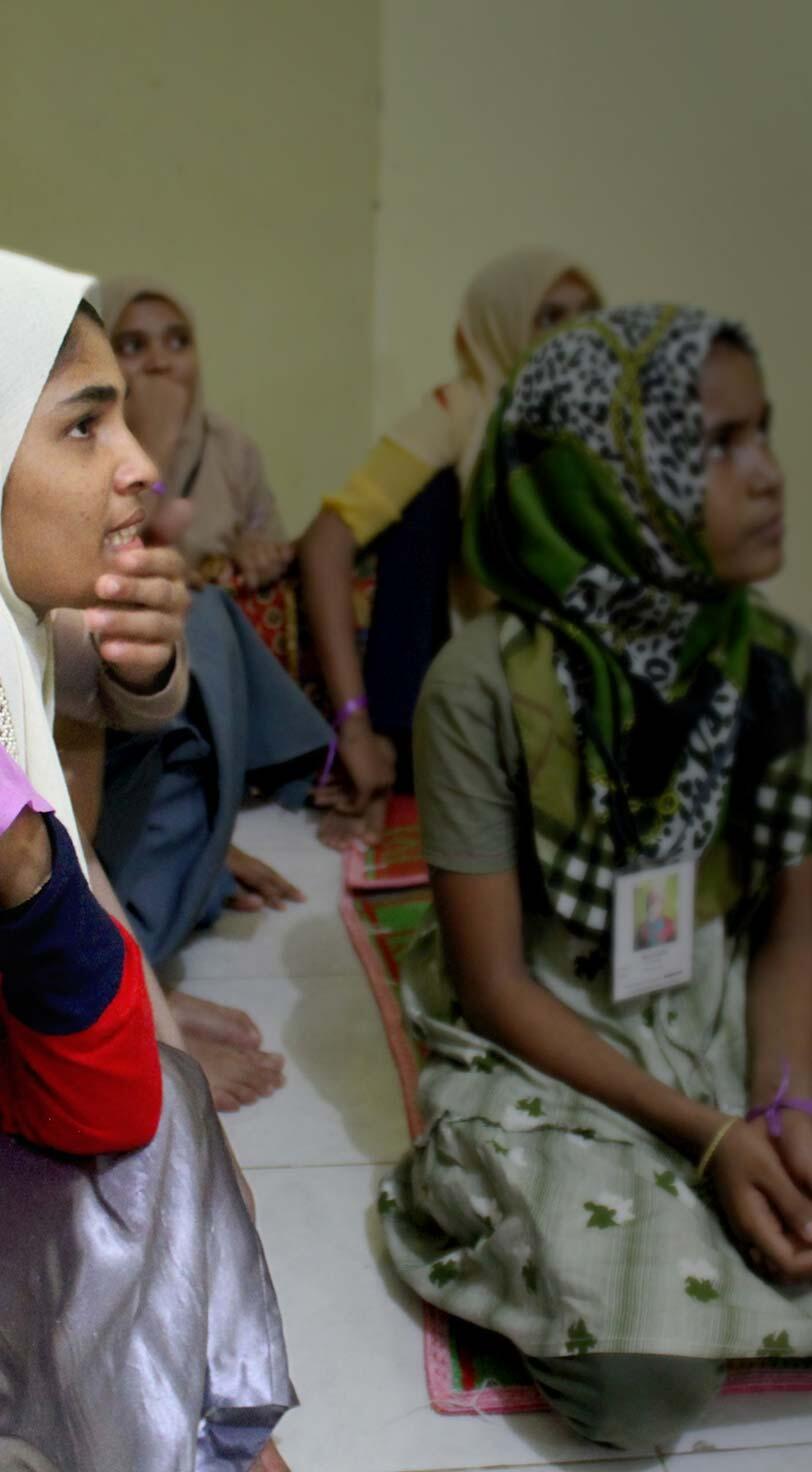
Slide text
A UNFPA-supported women’s centre in Turkey. Such centres offer counselling and classes, as well as health information and referrals to sexual and reproductive health care.
Photo credit
© UNFPA/David Brunetti
Text orientation
Left
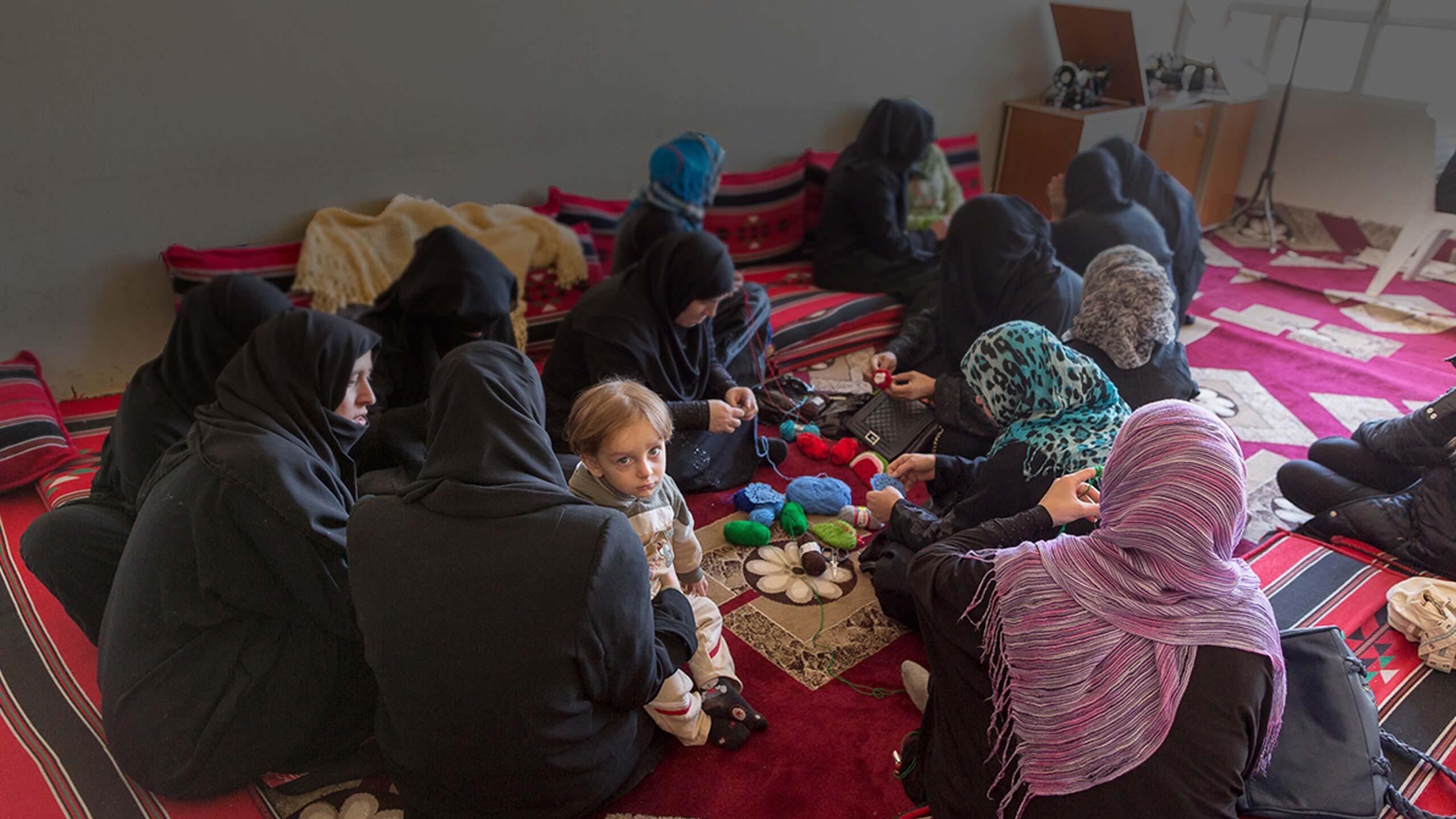
Sub Title
Pregnant women are not the only ones in need. Humanitarian crises, dislocation and insecurity can disrupt everybody’s access to reproductive health care and sexual health information.
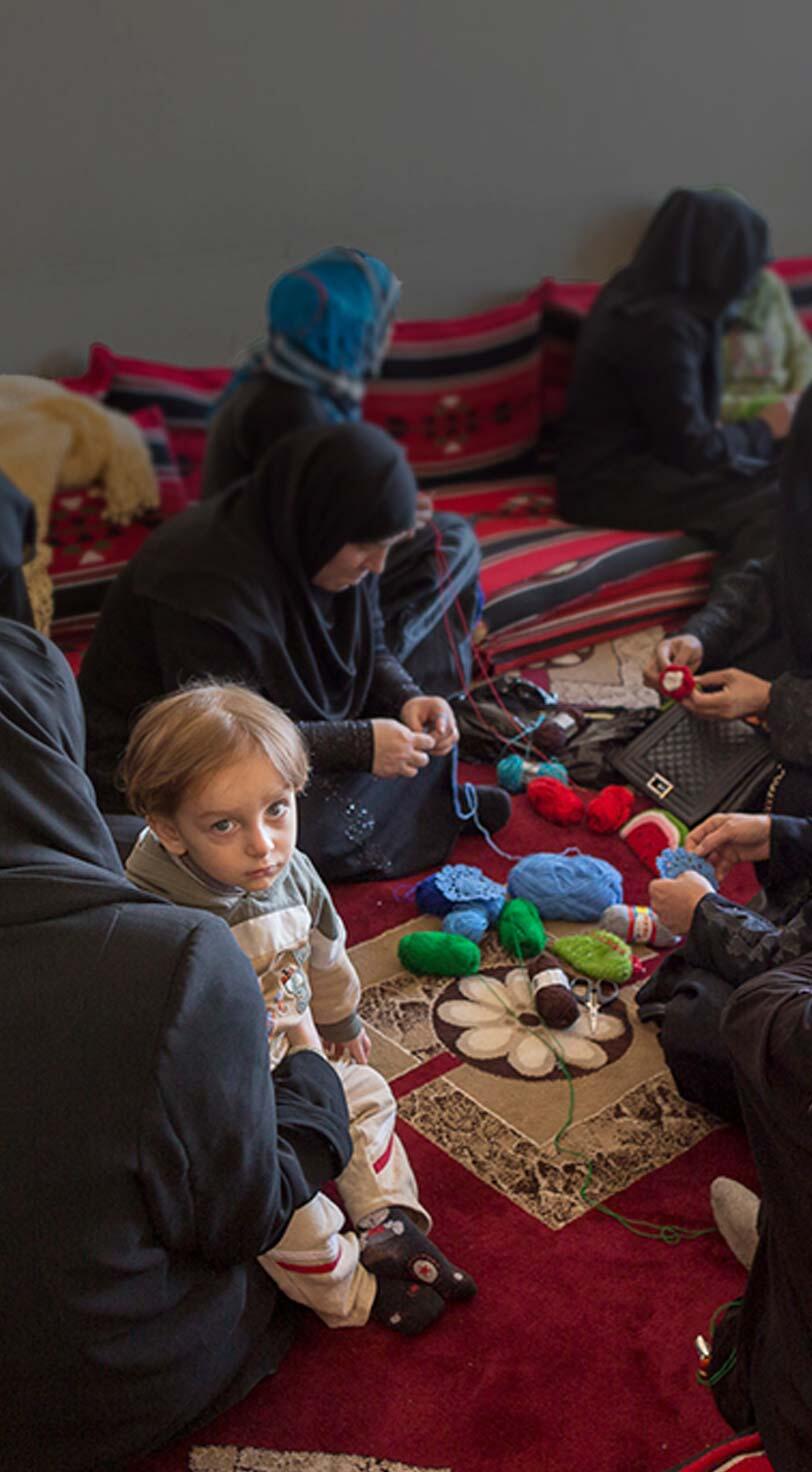
Headline
Even in impermanent settings, women and girls have the right to plan their families.
Slide text
“I still want to continue with my studies,” said Irene Ayo, a 20-year-old South Sudanese refugee in Uganda. She works with a UNFPA partner to help women access contraceptives. “When the time is right, I will have children.”
Photo credit
© UNFPA/Eveyln Kiapi
Text orientation
Left
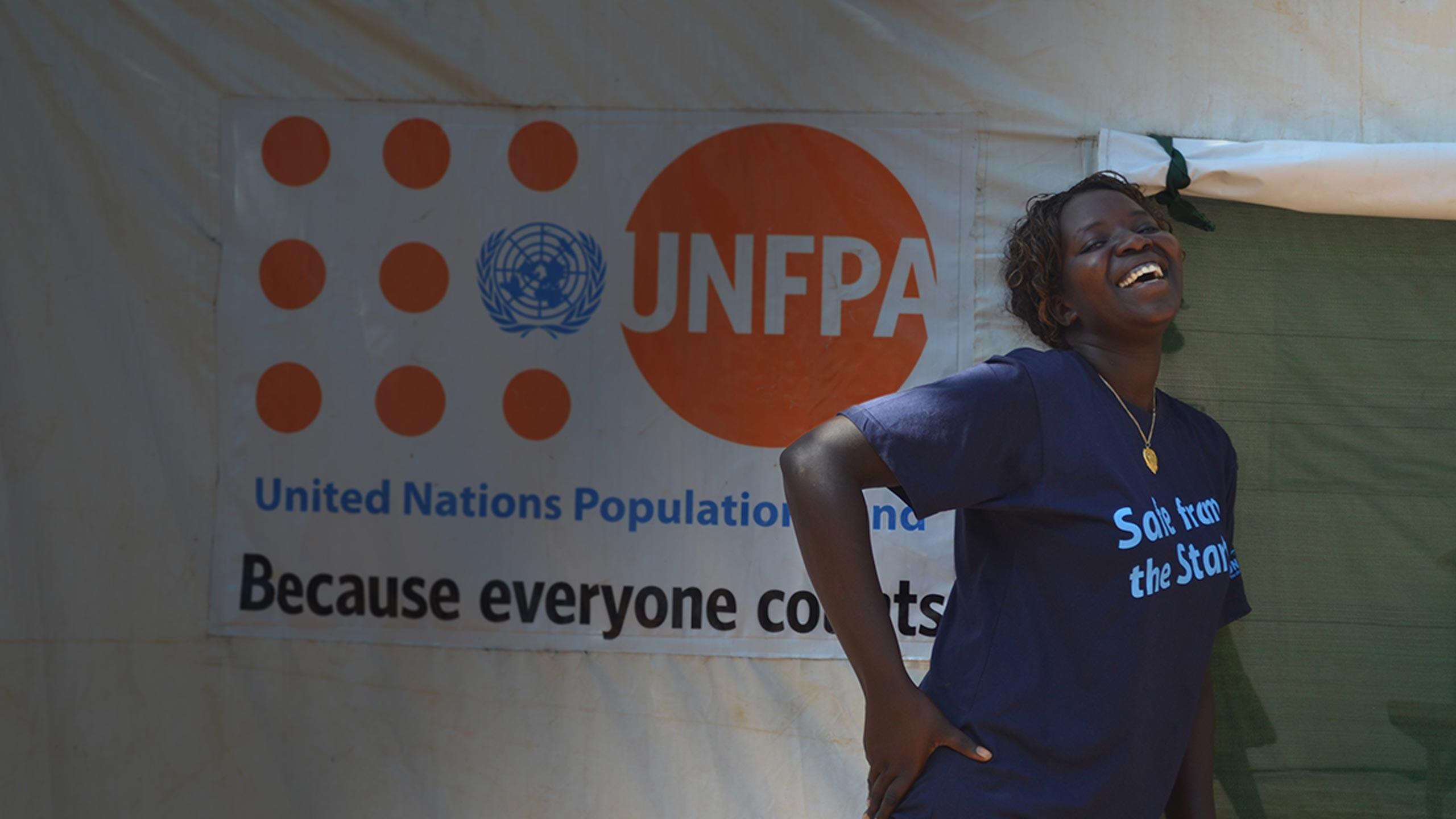
Feature link

Slide text
Families suffering intense hardship may be compelled to marry their daughters off, for instance.
“Girls back in Syria sometimes married young, too, but we see it happening much more frequently,” said Izdihar, a refugee in Jordan.
“Girls back in Syria sometimes married young, too, but we see it happening much more frequently,” said Izdihar, a refugee in Jordan.
Photo credit
© UNFPA Jordan/Sima Diab
Text orientation
Right

Feature link
Sub Title
But refugee and migrant women and girls endure heightened vulnerabilities that affect their access to care. These include threats of violence, exploitation and violations of their rights.

Slide text
At stake are the rights, health, dignity and welfare of hundreds of millions of people.
Their needs cannot be forgotten.
Their needs cannot be forgotten.
Photo credit
© UNFPA Tanzania/Sawiche Wamunza
Text orientation
Left
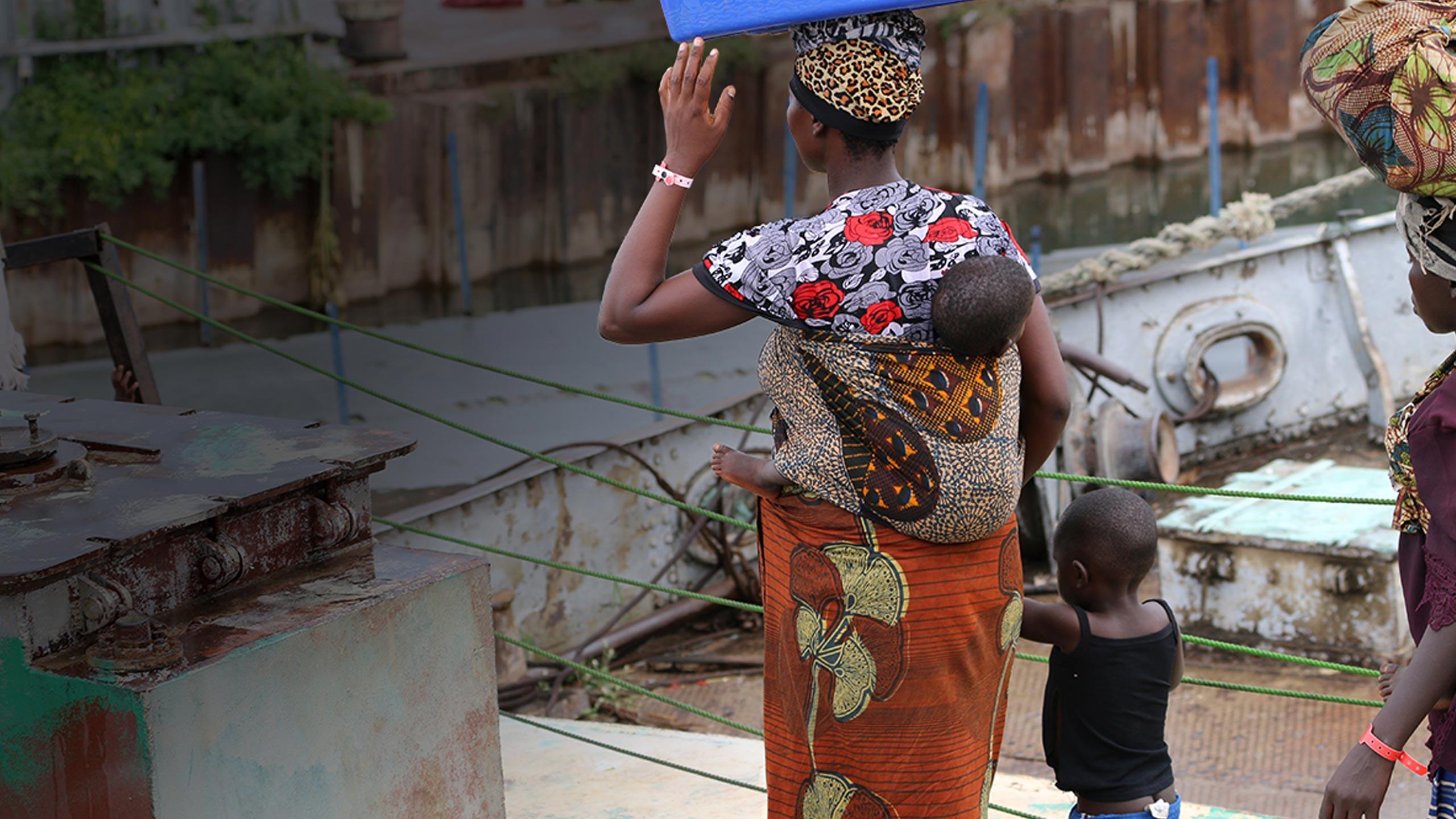
Sub Title
Global leaders are set to attend the first-ever Summit on Refugees and Migrants. They will address the conflicts, discrimination and poverty that push people to seek new lives across oceans and continents.
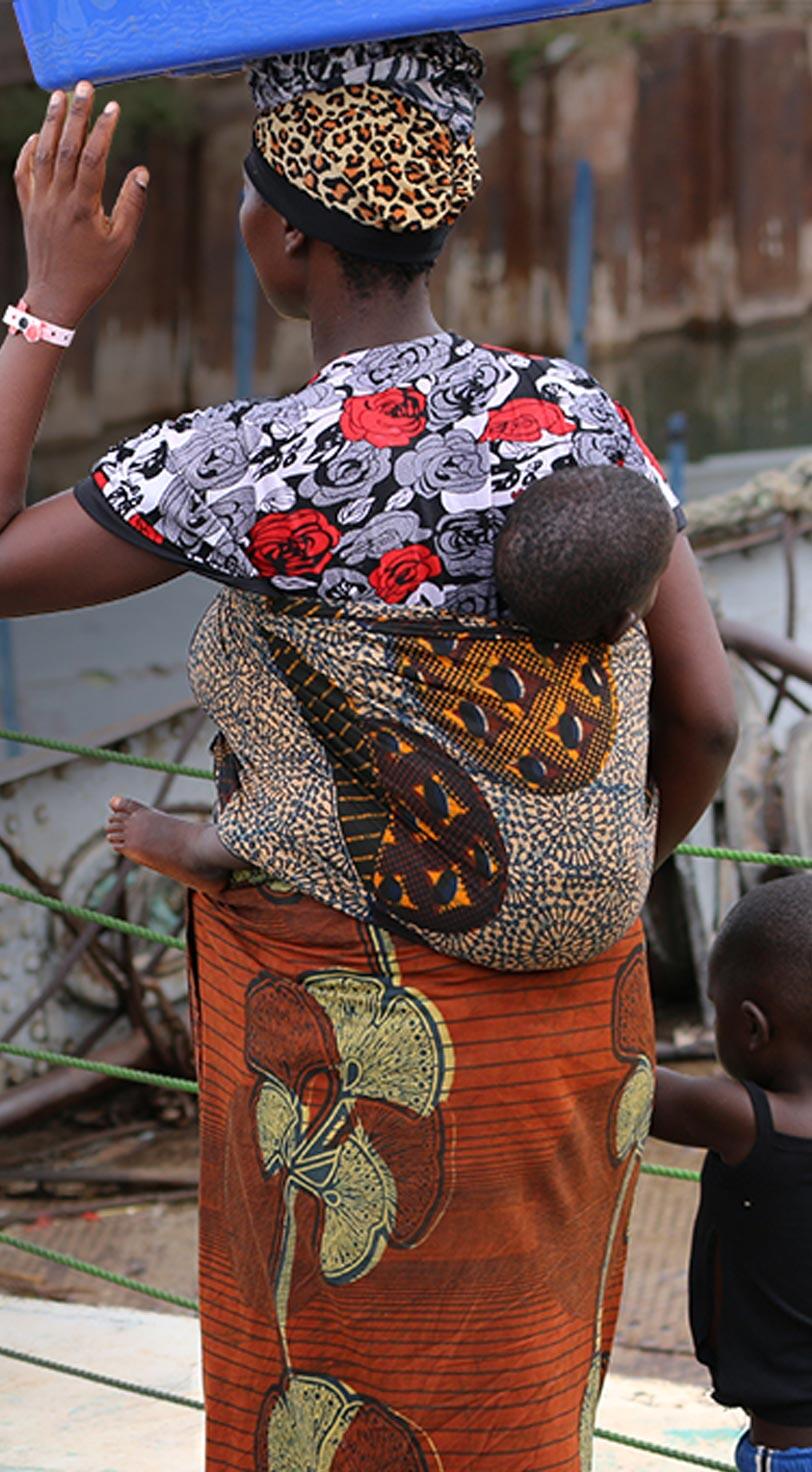
Show feature
No
Related tags
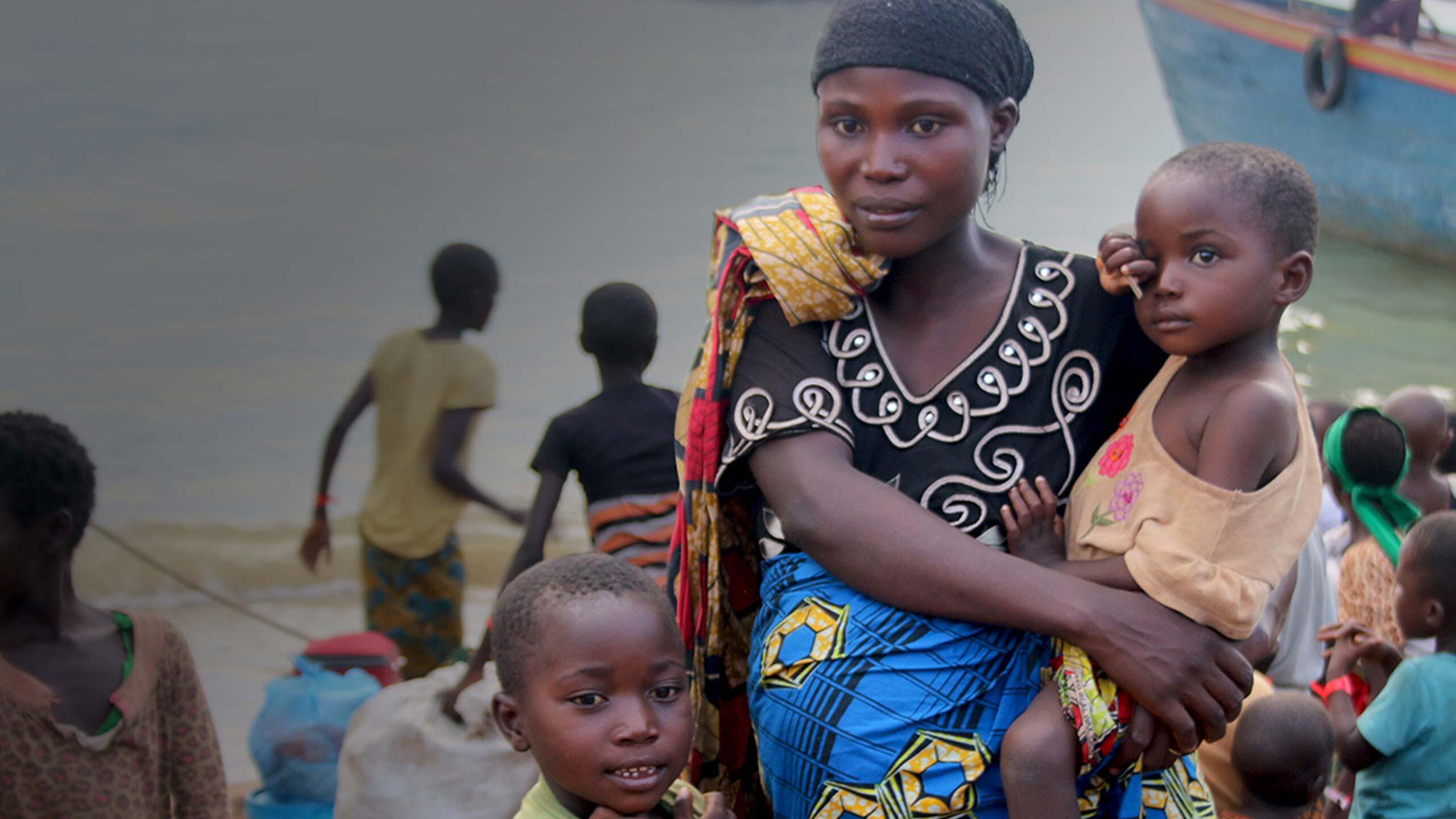
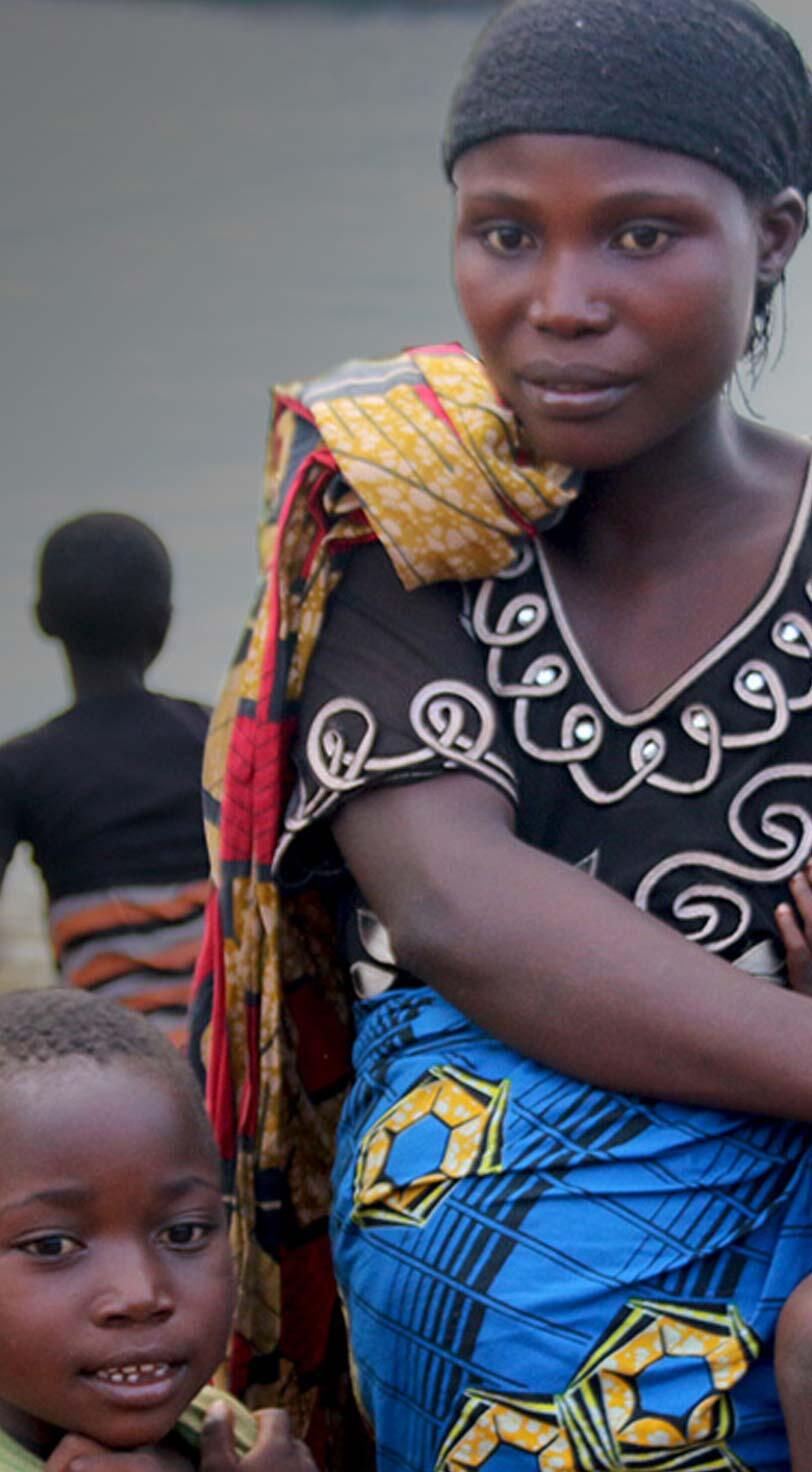
Feature banner image
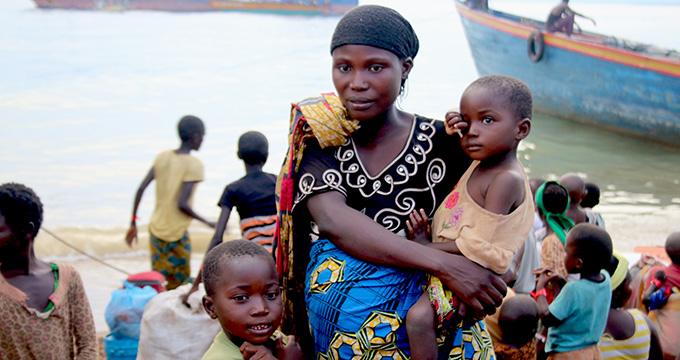
Workflow State
Published